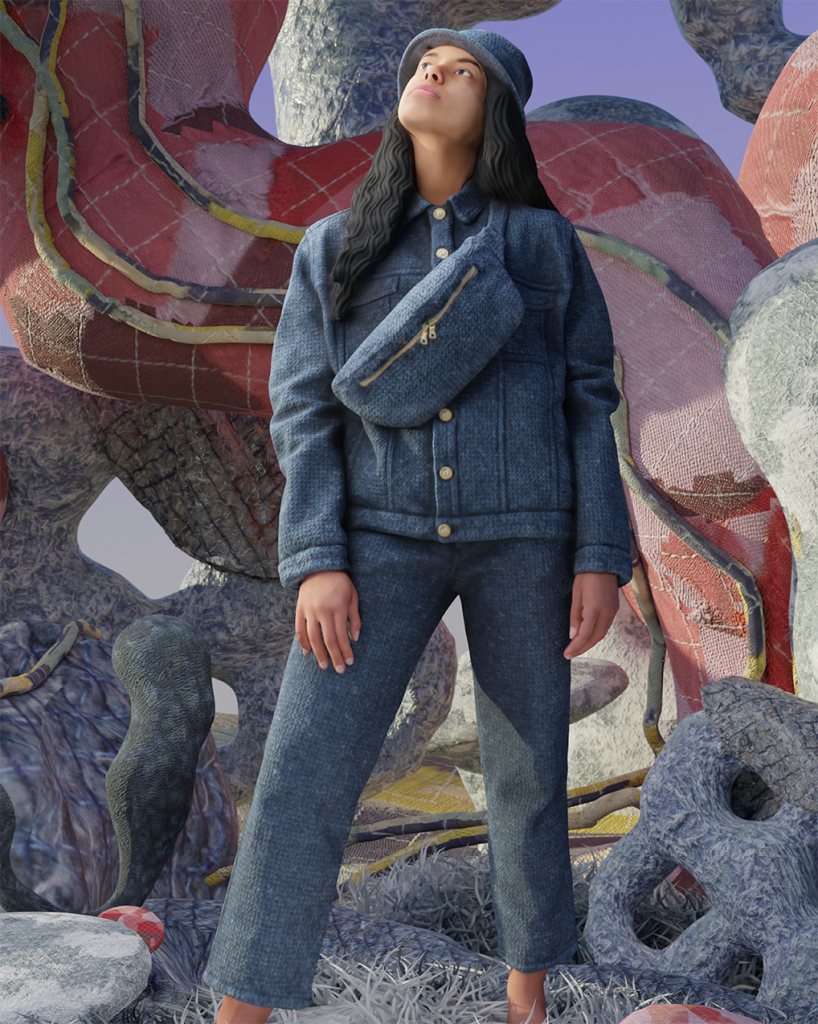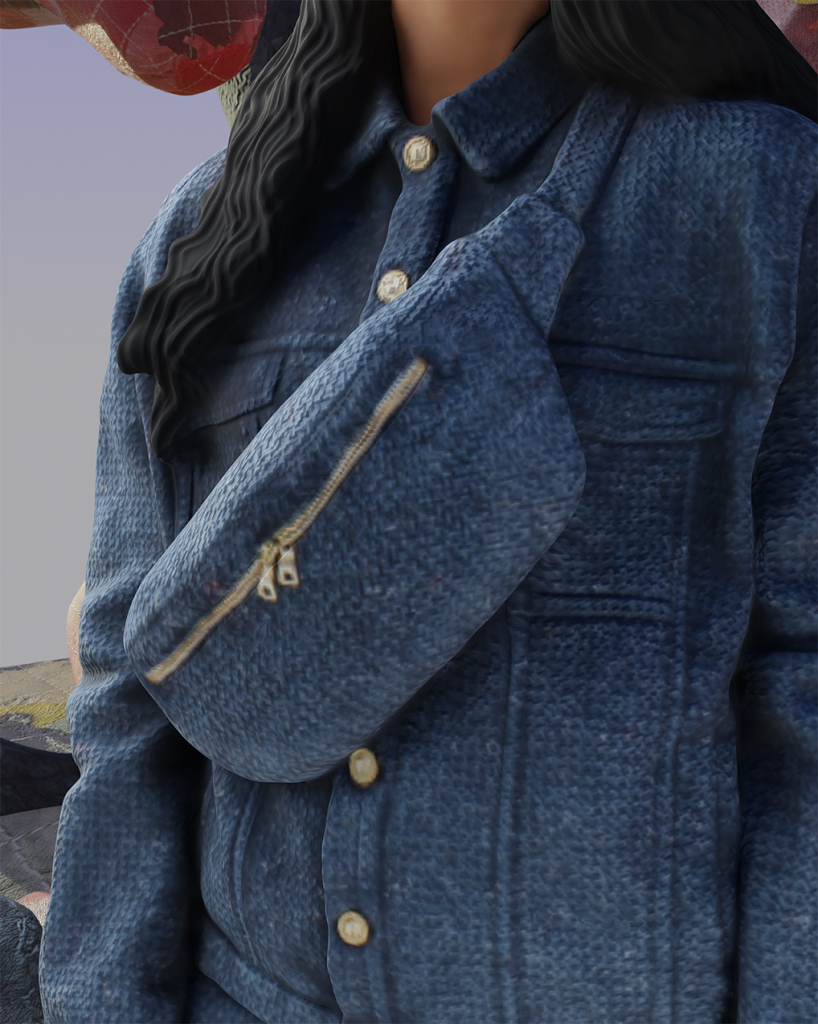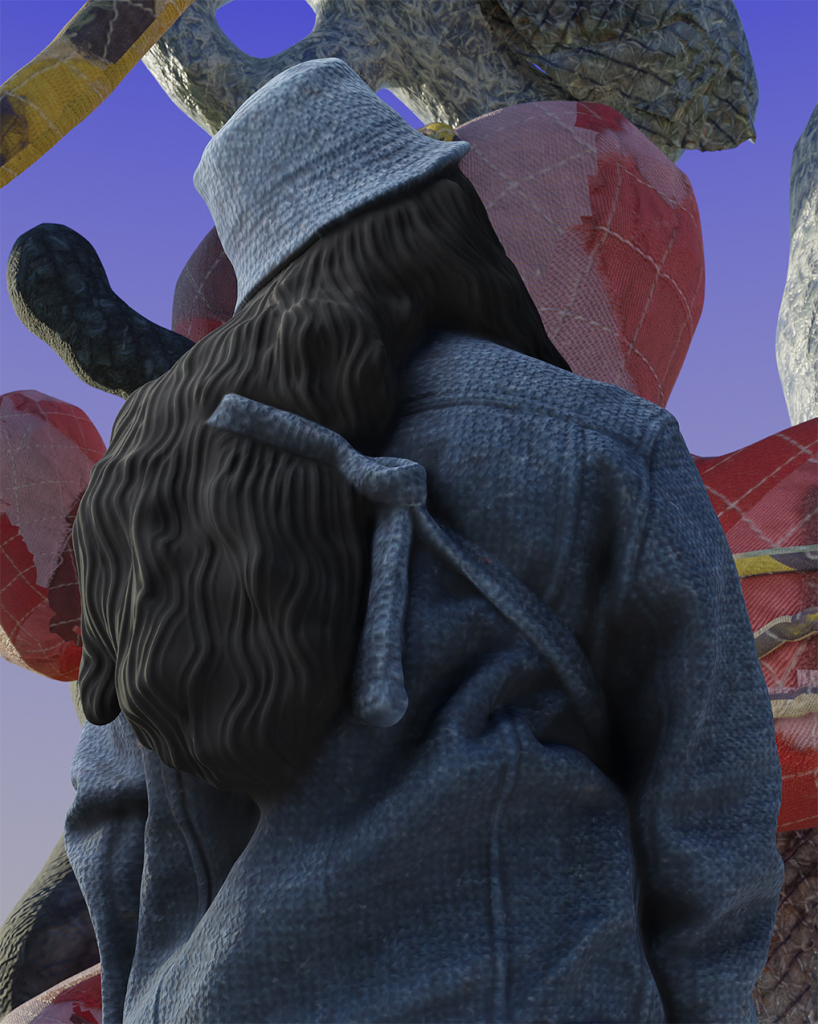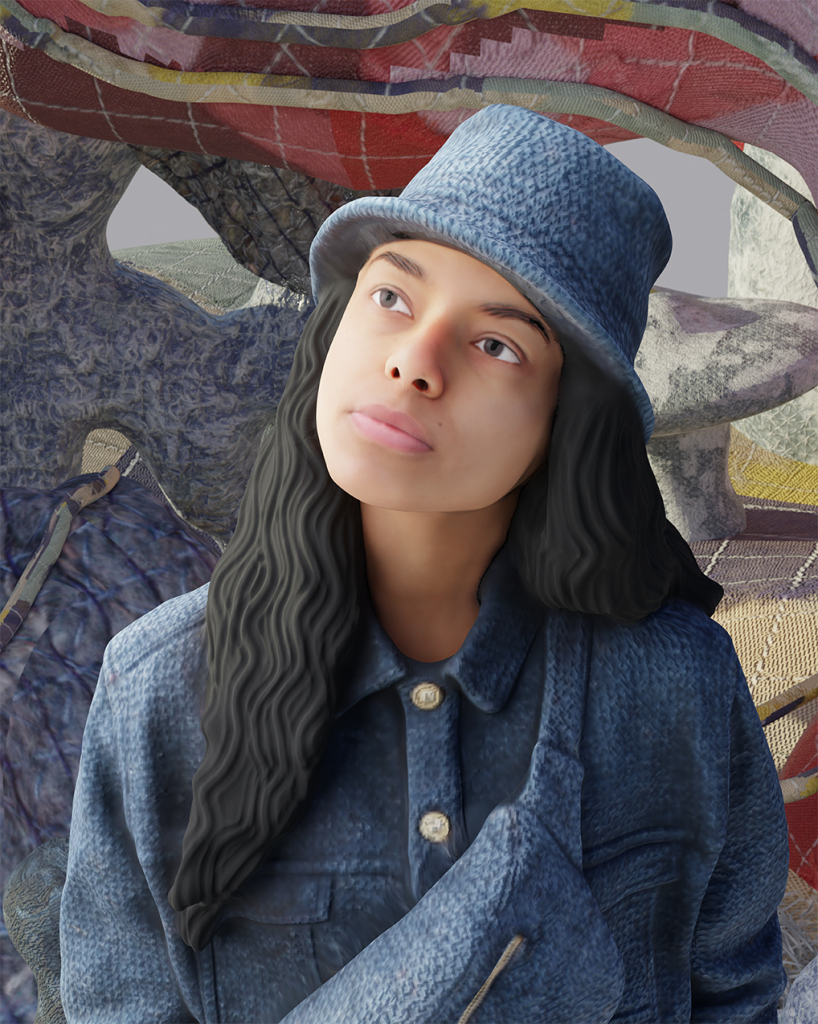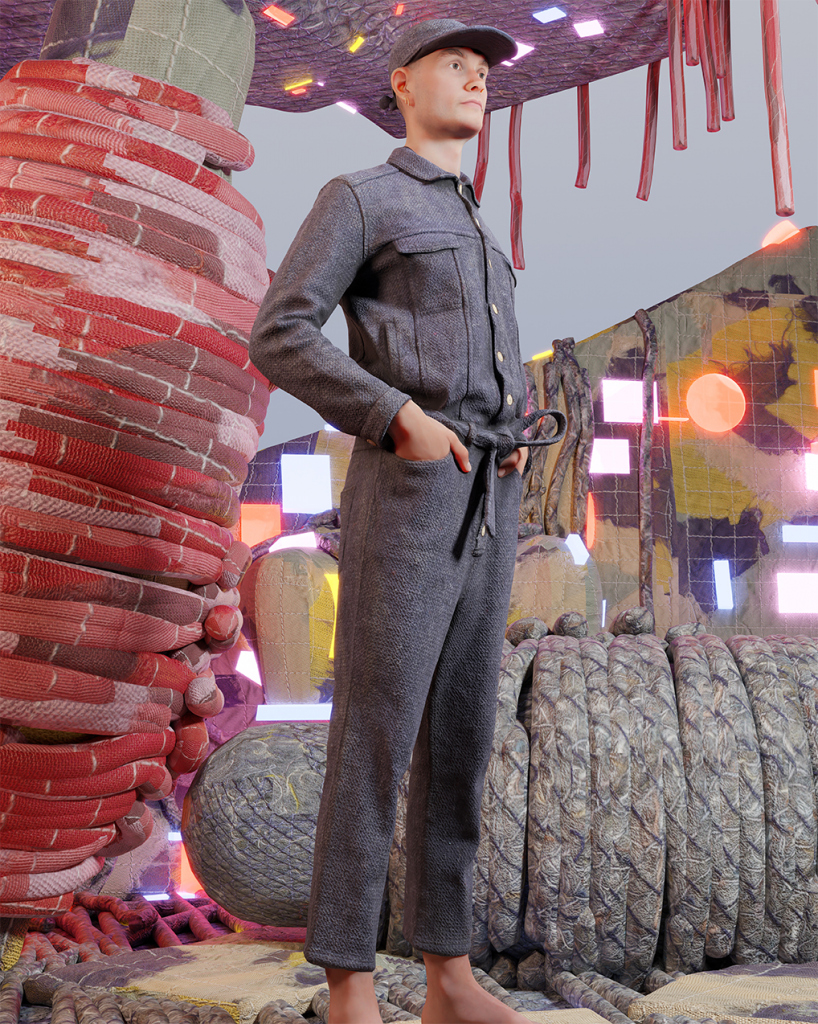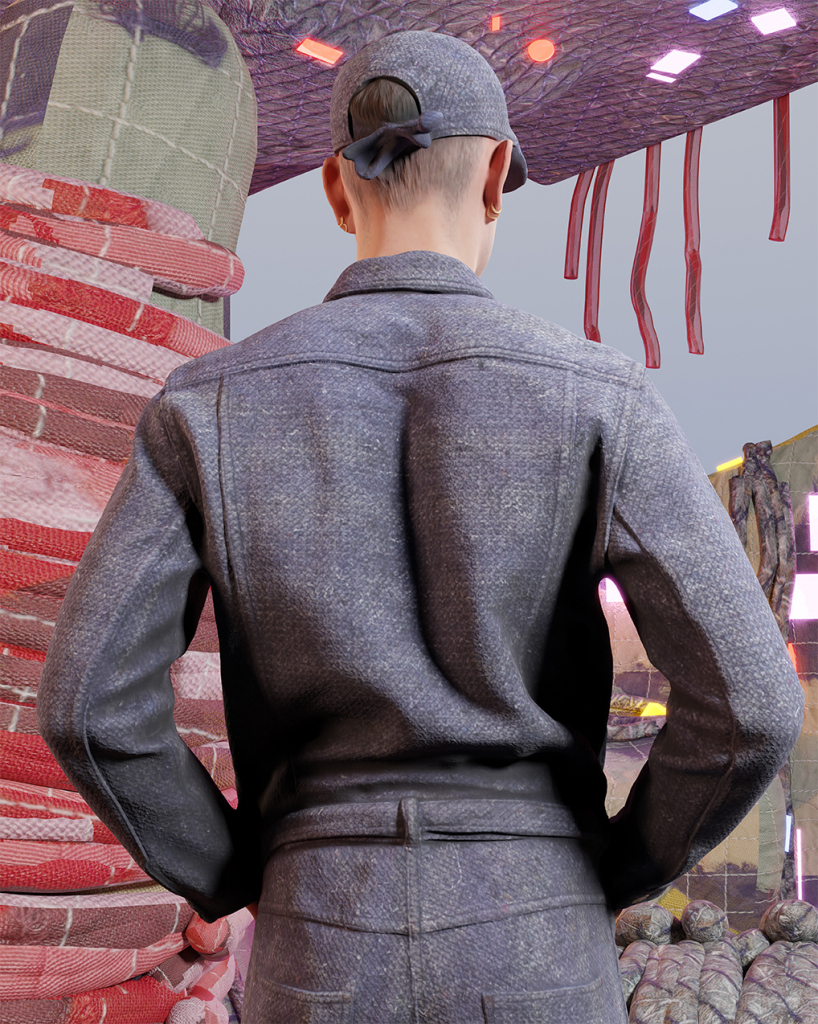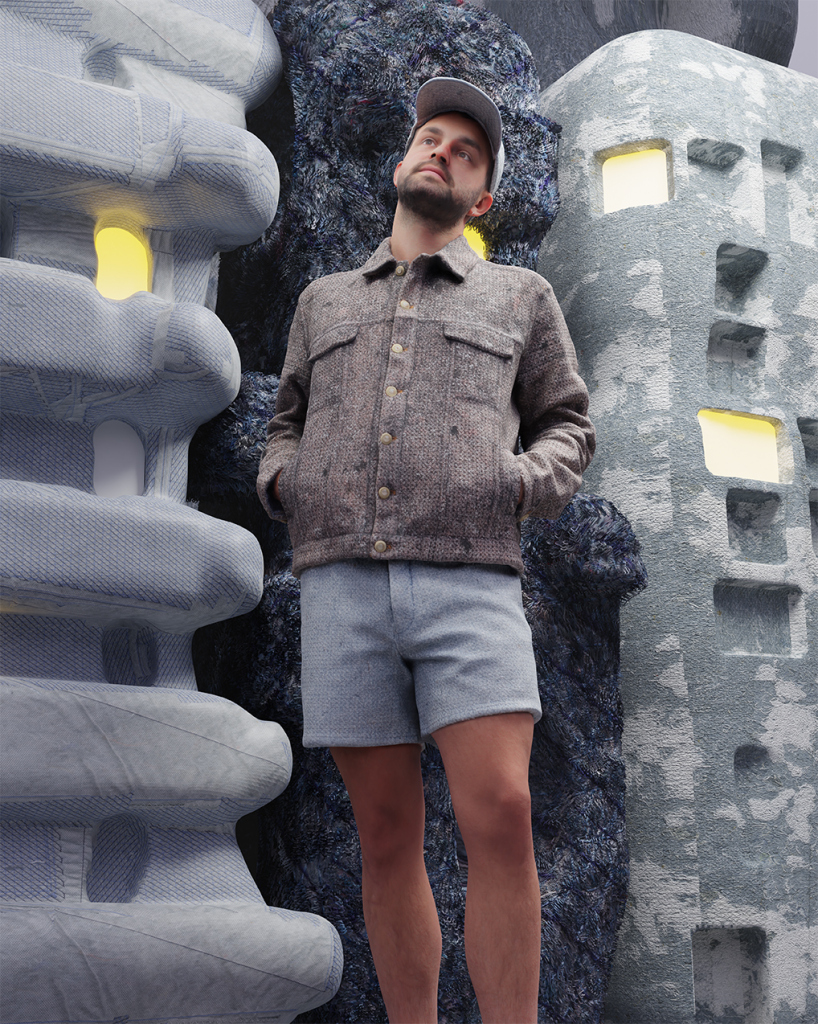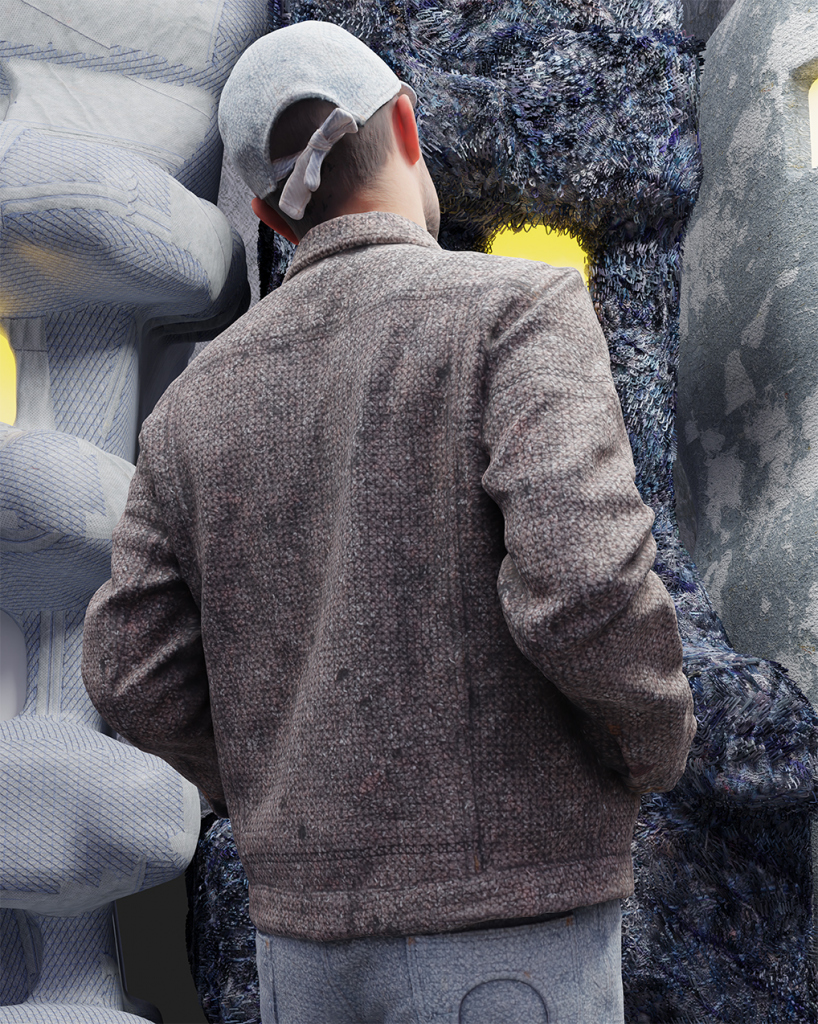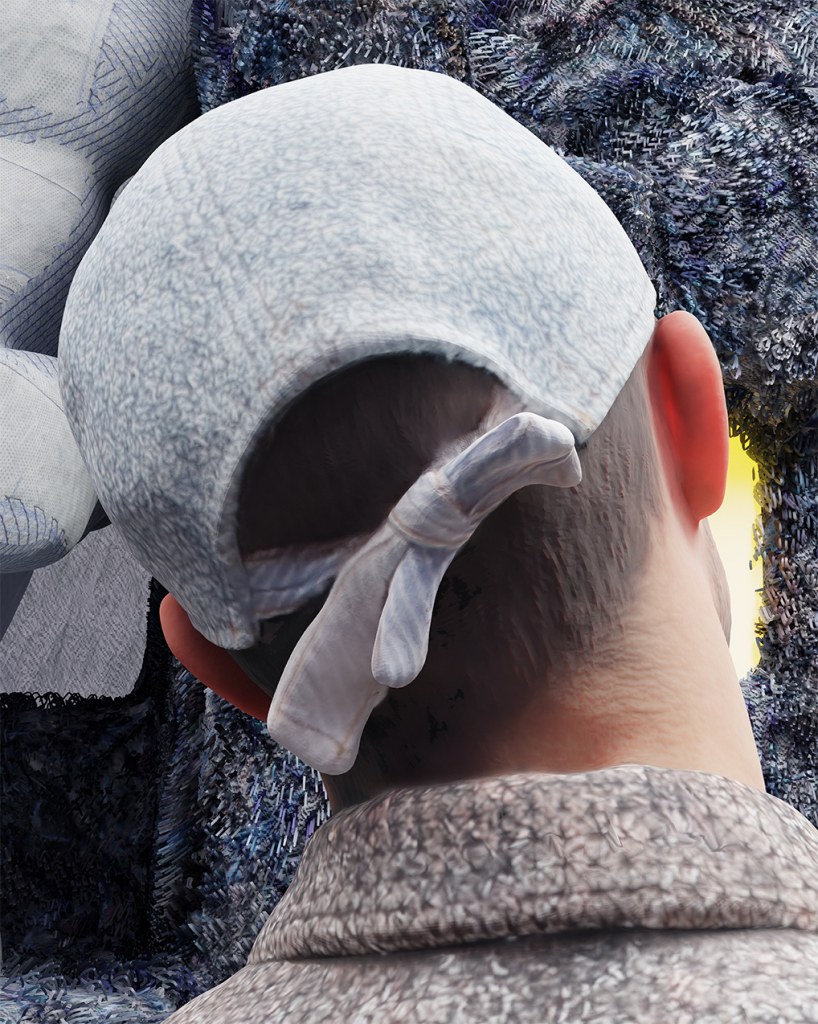Introducing our new project
Digital Patchwork

A different iteration of the New Blue embroidery technique

As today, in fashion manufacturing leftover fabrics from cut-patterns account for up to 15% of generated textile waste. Fashion brand Anntian donated organic silk cut offs from their last collection for the pilot project Digital Patchwork initiated by the Berlin based studio A New Kind of Blue.
In collaboration with artist Marian Verdonk from Acousme the studio ANKB aims to further develop a new approach of making recycled textiles. Marian’s expertise lies in the knowledge of fibres composition and felt making for larger scale projects. Her work entails large tactile acoustic wool paintings; needle felted artworks.
With the help of Marian’s dedicated input the silk cut offs are employed into larger hand laid and patchworked surfaces. After that, the work is felted together with a needle felting machine to entangle the fibres of the silk and wool underlayment together. The result is a larger, unique, patch-worked and felted fabric.
By needle punching the silk and wool a torn yet delicate look is created giving more depth to the smooth silk surface combined with the wool. In the last step of the process digital aided embroidery is used to reinforce the patches together with an open structure grid to ensure stability of the fabric. Within this template ANKB and Acousme established a handmade intuitive patchwork with a controlled graphic grid available as larger textile or as made-to-measure cut pattern ready to be reincorporated in new collections of garment making and closing the loop of textile waste.
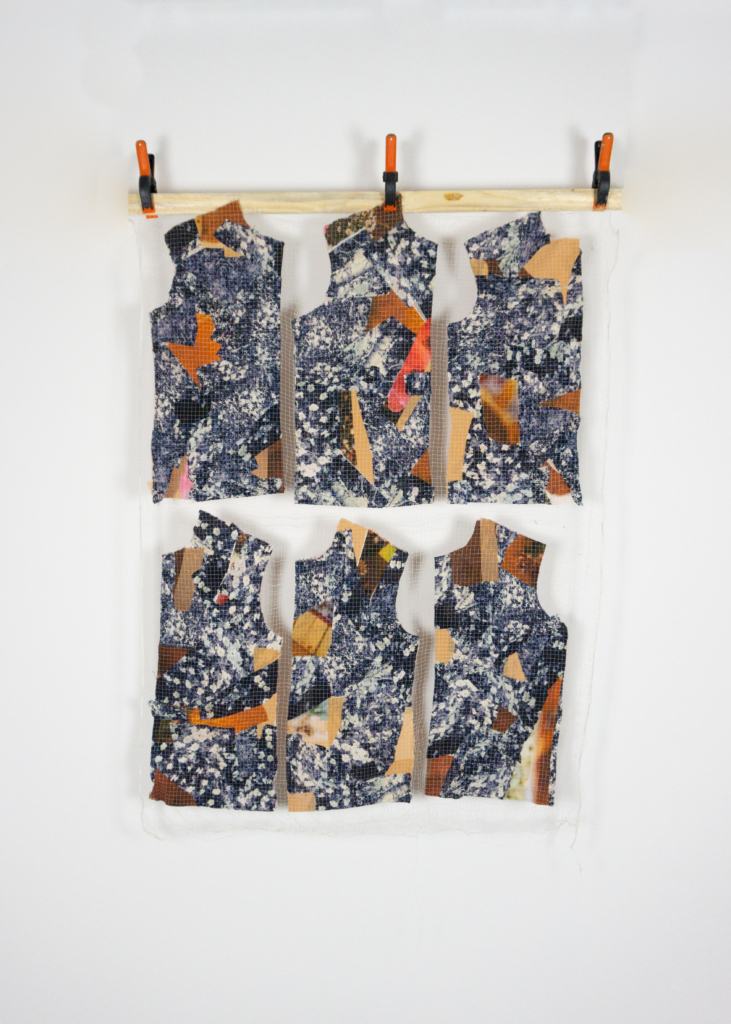
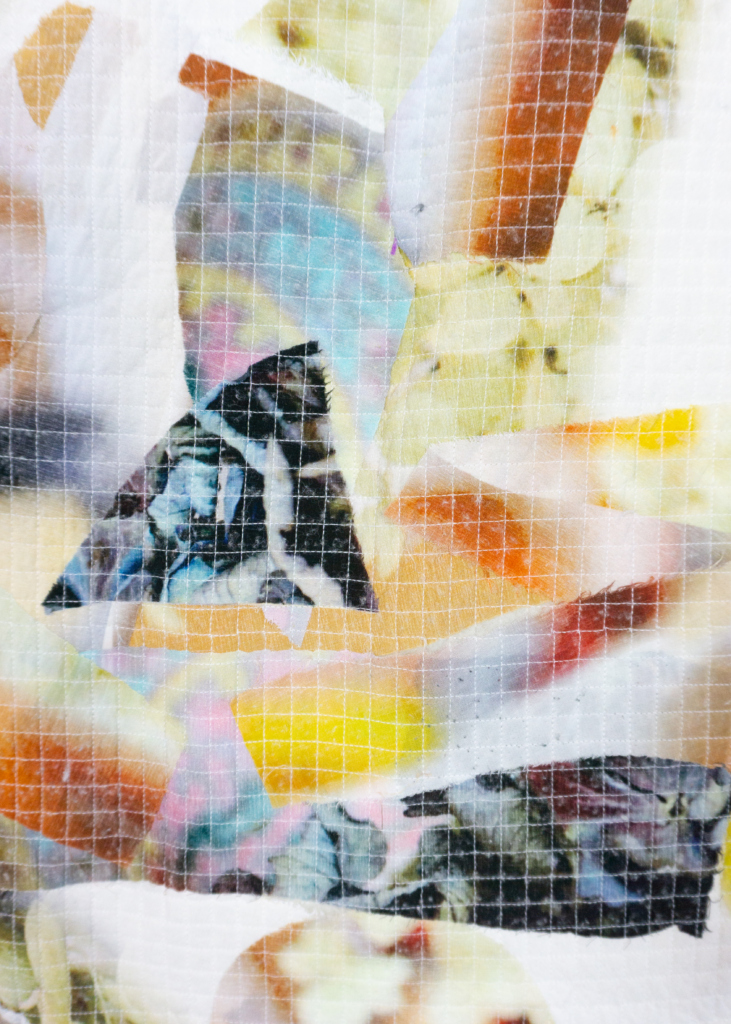

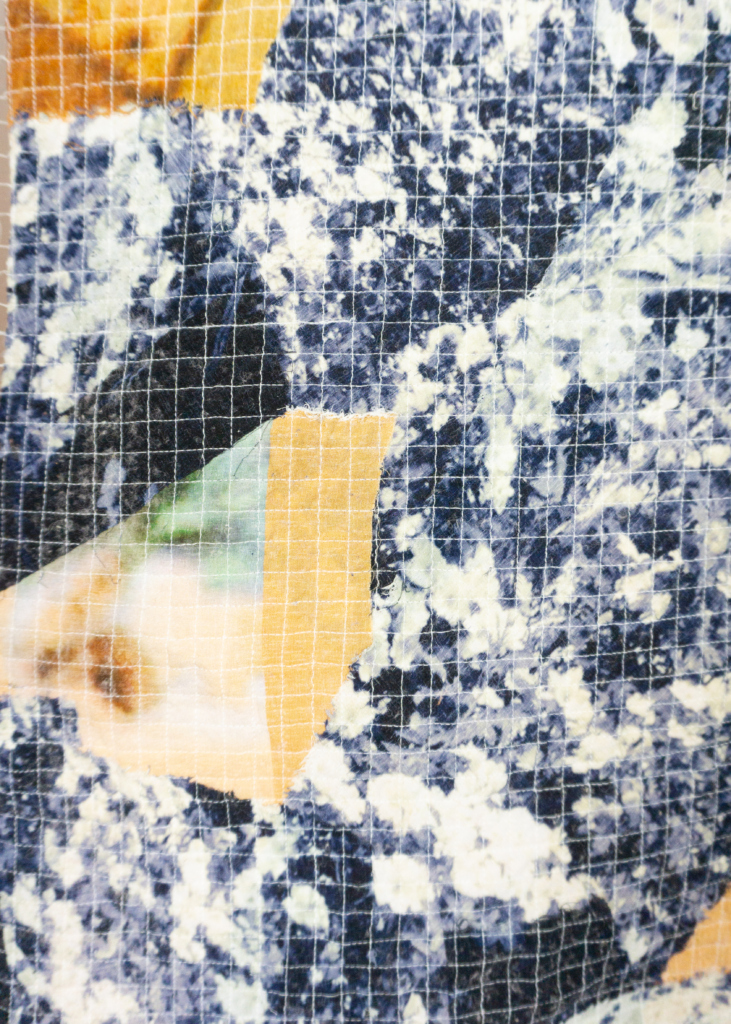
A new circular jeans material
New Blue
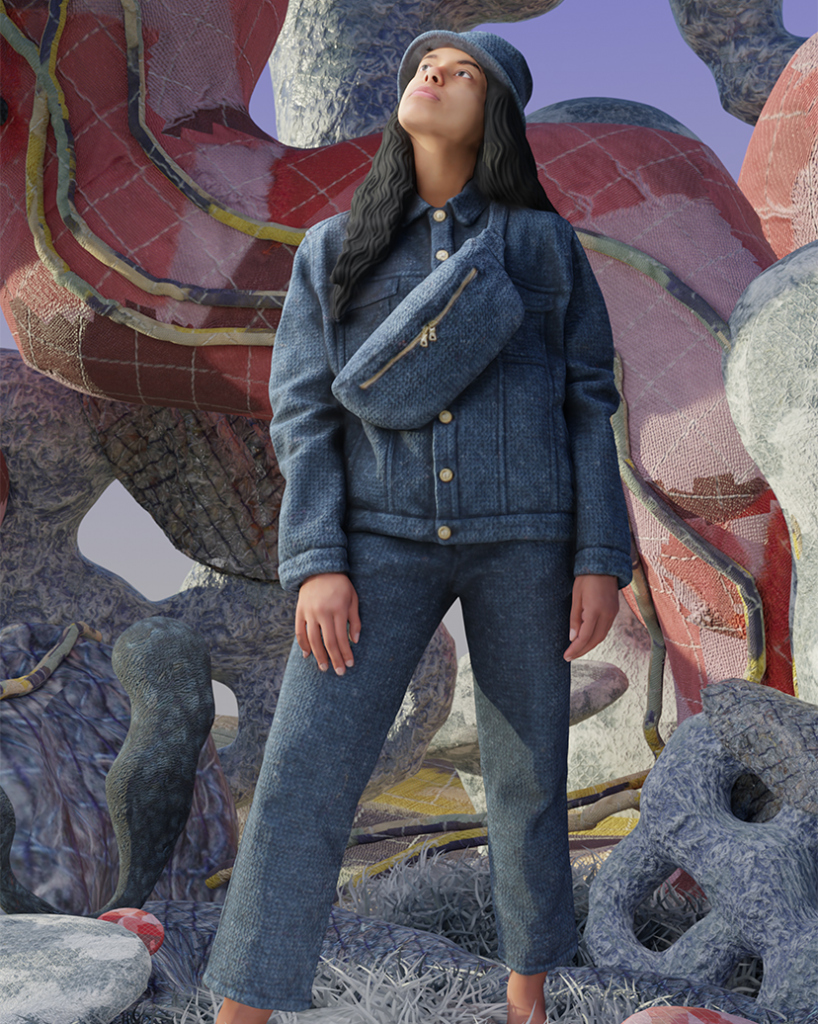
The New Blue project stems from a desire to rethink the notion of recycled materials and create a truly circular product lifecycle.
With the rise of fast fashion, denim has transitioned from a hardwearing, durable workwear fabric into a staple of the contemporary wardrobe and we are left with vast streams of waste without the infrastructure to absorb them.

As it is today, a worn-out pair of jeans is treated as a waste product, from which the useful materials can be extracted and then repurposed as, for example, building insulation. This project seeks to change this methodology by instead finding a way of reincarnating the jeans as a renewed version of themselves.
New Blue promotes a different material cycle, which manifests itself in the novel production sequences as well as its final outcome.
The traditional end product is now envisaged as one stage within a continuous, circular succession of decomposing and recomposing. By adopting this approach, the aesthetic of the jeans – from the texture of the reborn denim, and the design of the overstitching to the cut of the pattern – can also evolve with time, responding to trends and ensuring the reincarnated product is always relevant and personal.

A unique process
- To begin the process, discarded jeans – serving as a raw material – are cut into small fibres and then bonded to form a fleece.
- The New Blue project offers a novel way to form defined areas on a fabric roll. Digitally-aided industrial embroidery is applied to the fleece not only to create a stable fabric but also to generate the cut-patterns needed for the final piece of clothing, thus rationalising the entire production process from fibres to garment.
- The embroidered areas of the non-woven cloth remain intact when exposed to water, whereas the non-embroidered parts of the fleece disintegrate. These loose denim fibres can be reused as raw material, while the embroidered parts remain stable and can be sewn together without further cutting, establishing a circular and zero waste production method.


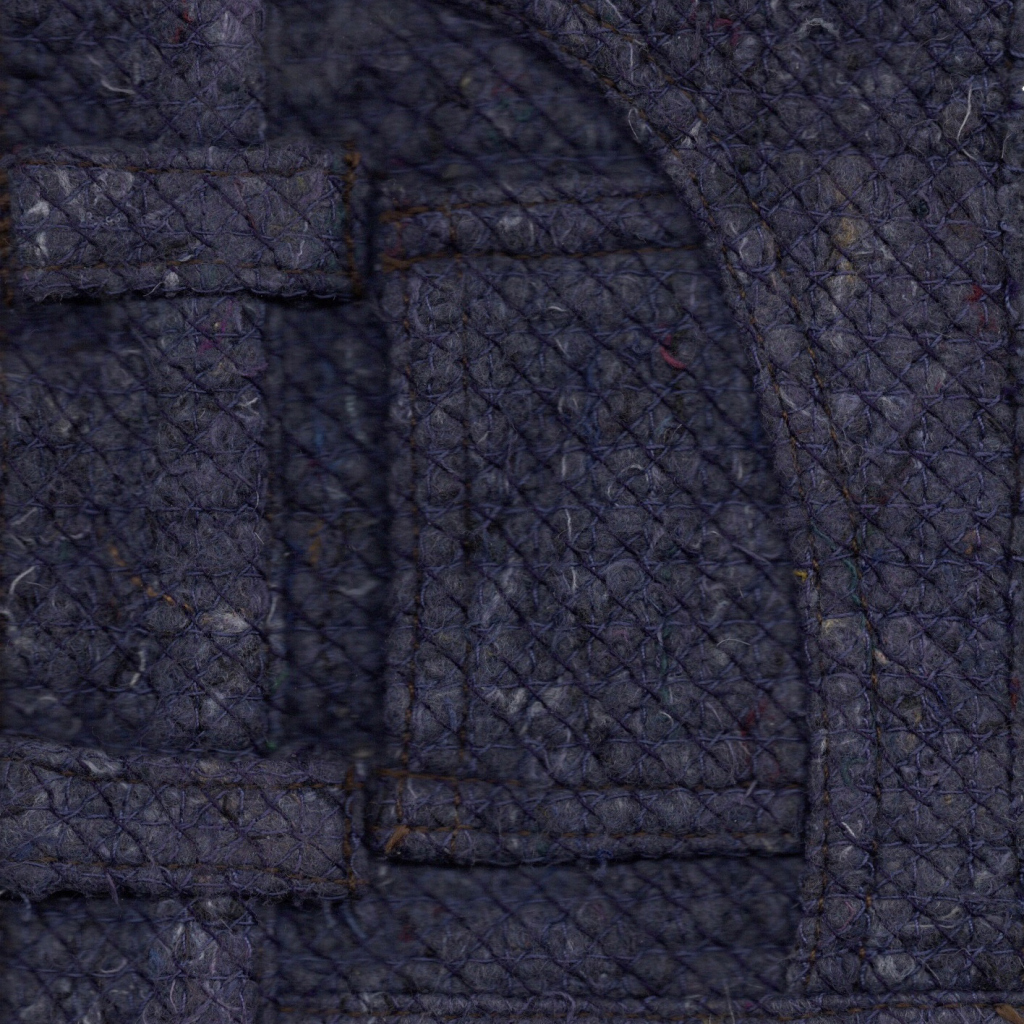

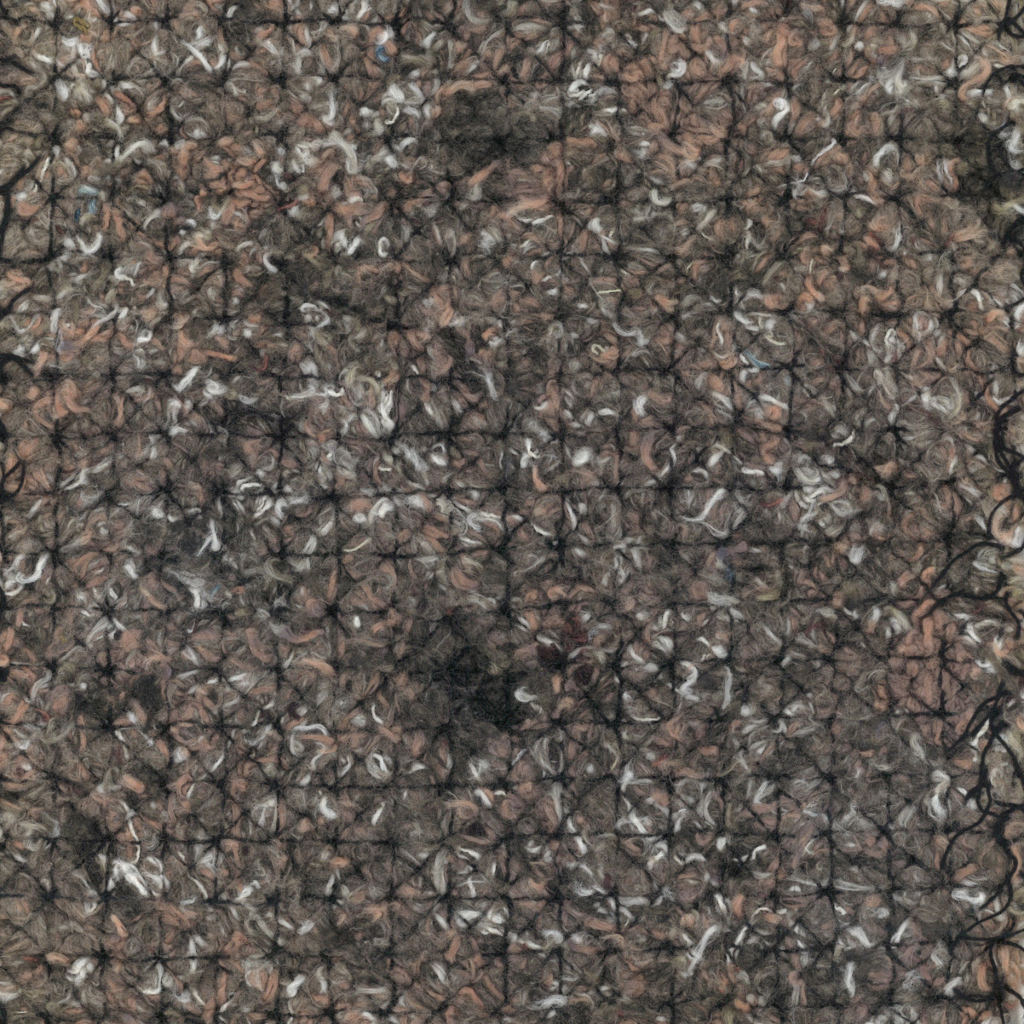
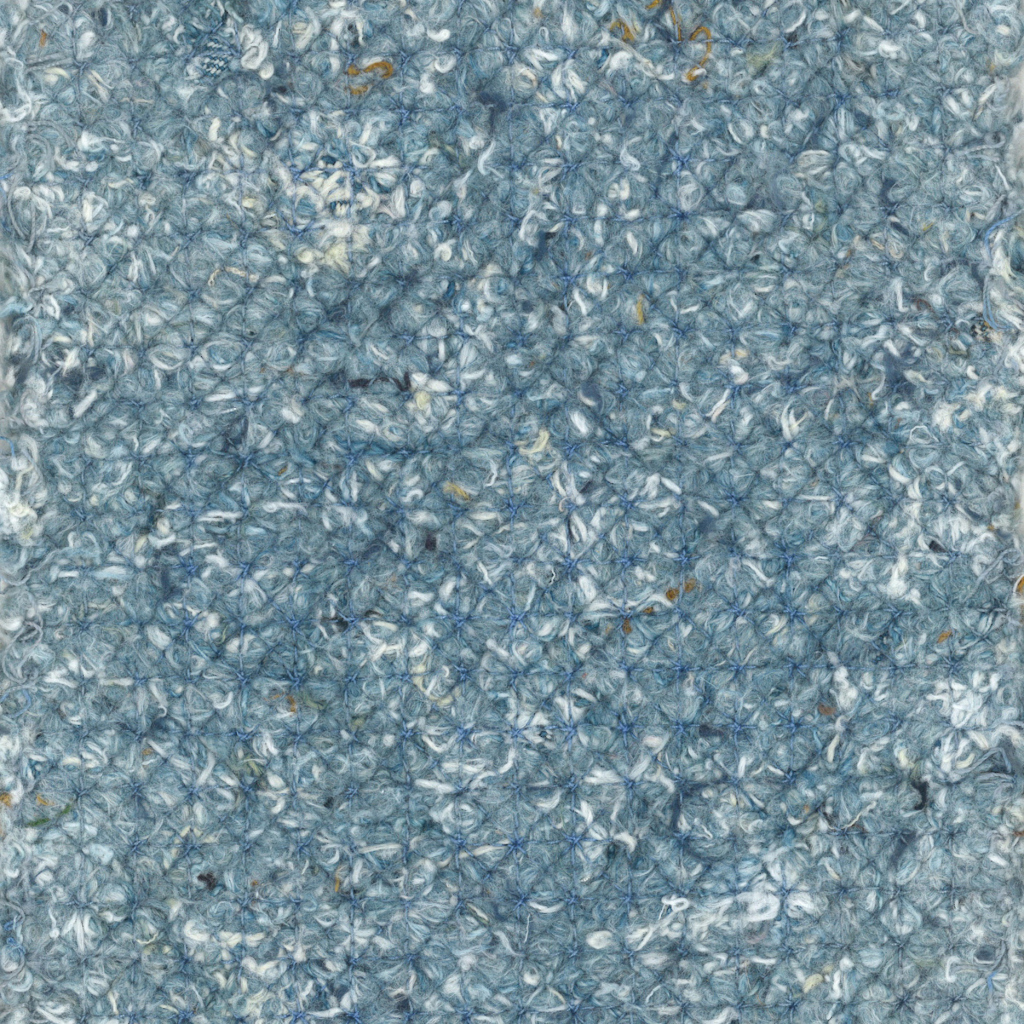
During the course of the project, two distinct routes have been explored, each with their own unique qualities: an industrially produced recycled jeans fibre non-woven fabric, and a self-produced, “crafted” non-woven fabric. The industrially produced non-woven shows a homogenous, uniform surface, whereas the crafted fleece appears irregular, rough and textured, giving room for individual expression.
With an absolute minimum usage of water, chemicals, and dye, new high quality expressions of the New Blue material, industry and craft, have been established. This by the courtesy of the research grant Re-FREAM under the European Commission’s Horizon 2020 research and innovation programme. The various new colours that have been added to the palette of New Blue: Logwood (natural dye), Indigo, Pink Black, Vintage.
A New Kind of Blue
We are a design studio building new circular pathways in fashion and textile production.
A New Kind of Blue is a Berlin based design studio looking for locally embedded solutions to global problems with the starting point in circular economy. The studio is founded by material and product designer Tim van der Loo and Techno-Anthropologist Sandra Nicoline Nielsen. They strive towards rethinking the notion and aesthetics of recycled materials and creating truly circular product life cycles.
With the project New Blue the design studio A New Kind of Blue has received significant acknowledgement. In 2020 the project was awarded with the German Federal Ecodesign Award in the category of young talent. It has moreover been mentioned in various trend reports like WGSN, Noroo and Heimtextil and published on the news platforms DW, Creative City Berlin and Tagesspiegel. In July 2021, the project was exhibited in the All Good(s) programme from the Embassy of the Netherlands in Berlin at Martin Gropius Bau in the scope of the royal visit of the King and Queen of the Netherlands.
